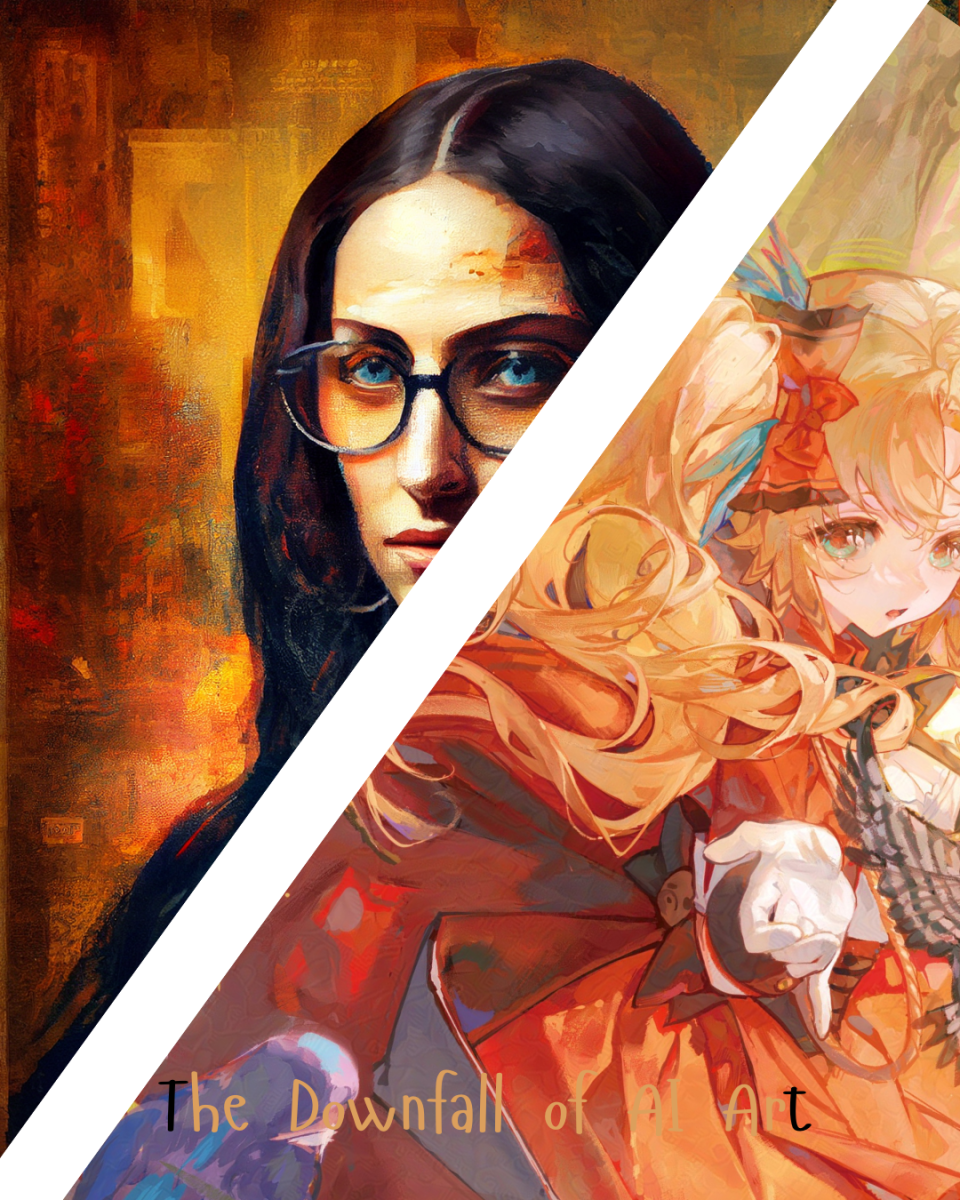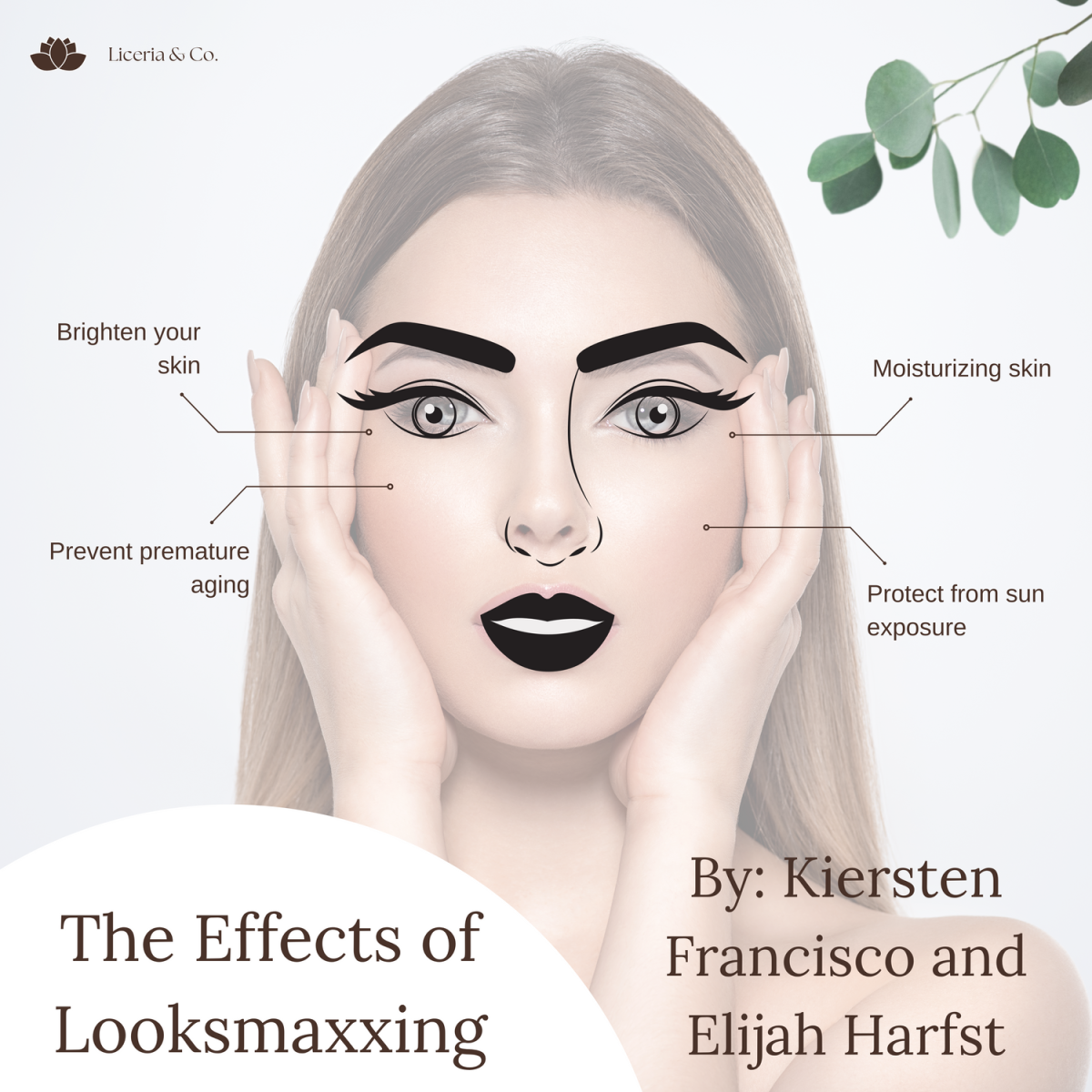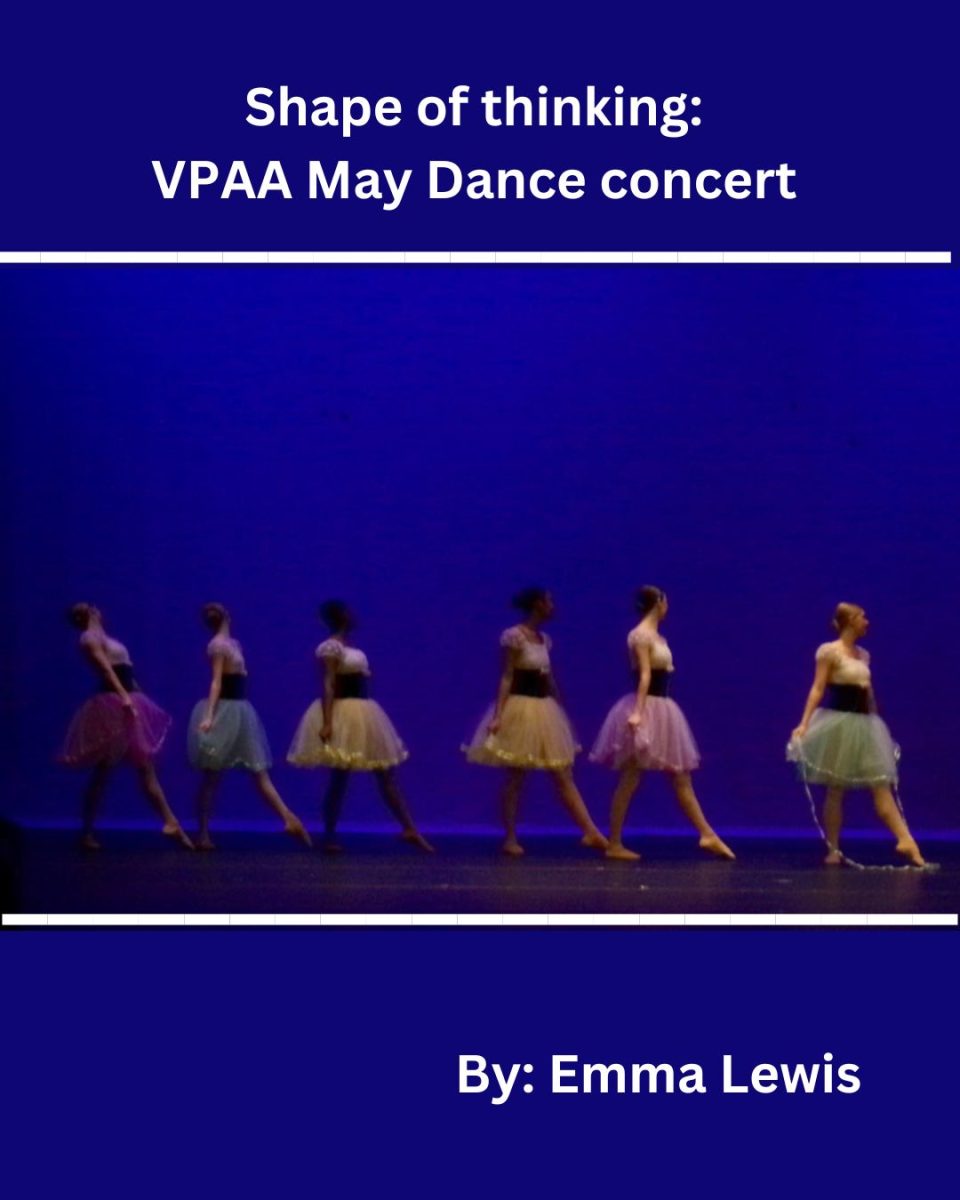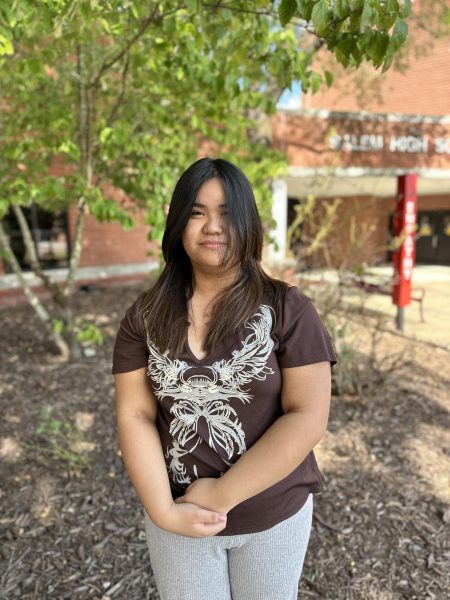AI art has significantly improved in recent years, replicating human art by taking data from it.
AI art has started encroaching on artists’ jobs. Artists often have long-term commissions, but AI can pop out a new drawing in seconds.
“I feel like with the way AI is programmed to work, it pulls certain aspects of art from multiple people’s pieces depending on what you ask for,” said freshman Mckenleigh Highsmith.
“It has no real emotion, value, or meaning behind anything. It generates [art with no other meaning besides] satisfying the person who requested it.”
Not only has AI made it difficult for artists to make money, but it also gets its style from real artists. In other words, it steals drawings that artists spend hours on.
“The invention of AI art is neutral, and having it exist, I think, is fine. Creating AI art to sell or saturate the market and take work from actual human artists is obviously something I don’t [agree with]. I think there are ways to use AI to help artists, like with idea generation, critique, research, but overall I think AI art just by itself is emotionless and devoid of the humanness that art requires,” said Visual and Performing Arts Academy teacher Mrs. Lenae Zirnheld.
The fact that artificial intelligence lacks emotion is the main issue that most people have with AI art. Artists spend hours brainstorming ideas, drawing, and refining the details. Meanwhile, AI is totally algorithm-based.
“A lot of people want instant gratification, and the truth is art skill takes time, practice, and most of the time years of craft and work to get to a place where they don’t feel ashamed or embarrassed,” said Zirnheld. “It makes people think there is an easy substitute for something that once took a long time- why not use it. Art is so gratifying to learn over time; it shows your growth through life and can truly help you work through hard times. AI art doesn’t do that.”
AI art can be appropriate in the correct setting, but the time and place when it is appropriate is still in question.







